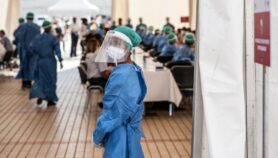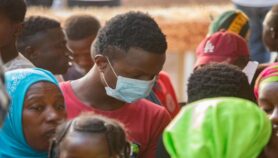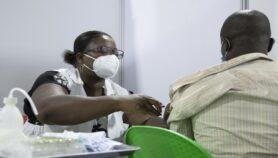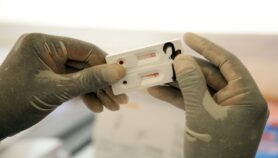15/10/19
South Africa’s teen HIV gap raises resurgence fears
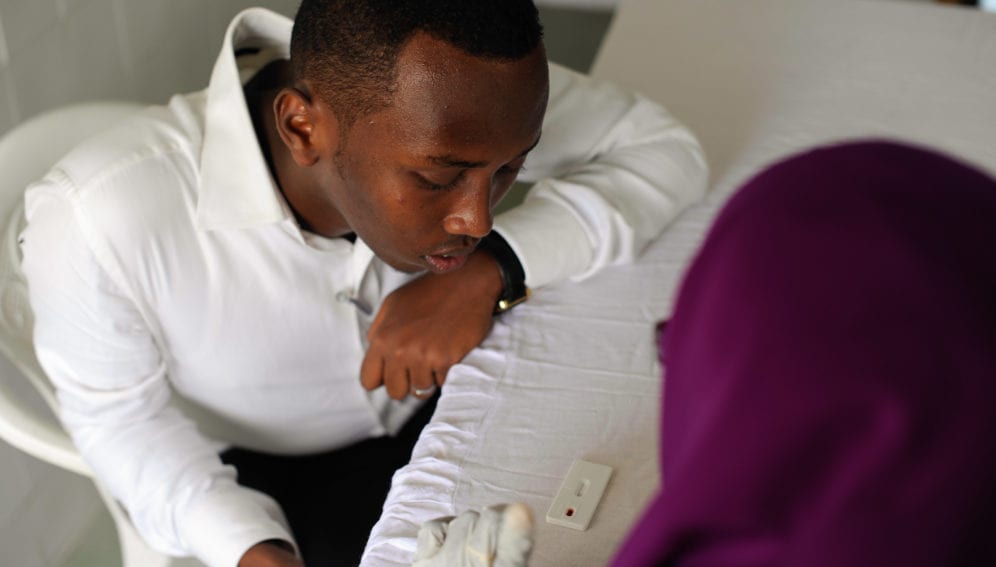
Send to a friend
The details you provide on this page will not be used to send unsolicited email, and will not be sold to a 3rd party. See privacy policy.
[NAIROBI] Around a third of South African adolescents who are diagnosed with HIV do not get treatment, a study says, raising fears that this will lead to a resurgence of the disease.
While HIV infection rates have fallen by over a quarter in the country since 2010, according to UNAIDS data, infection rates among 15-19 year olds is continuing to rise.
“The concern around adolescents stems from the fact that they are one of the only groups of people in South Africa where annual HIV incidence … is on the increase,” explained Mhairi Maskew, lead author of the study and a senior researcher at the Wits Health Consortium, University of the Witwatersrand, South Africa.
“Everyone needs to care about this data.”
Quarraisha Abdool Karim, Centre for the AIDS Programme of Research in South Africa.
“If, in addition to this, they do not successfully initiate and remain on treatment, the risk of further transmission remains.”
The Joint United Nations Programme on HIV and AIDS calls for at least 90 per cent of people diagnosed with HIV to be on antiretroviral treatment to help control the epidemic.
But, according to the study published in The Lancet this month (1 October), just 66 per cent of 15-19 years old were getting treatment.
The problem, according to Maskew, is that traditional facility-based models of care are not well suited to the needs of many adolescents due to things such as poor relationships with staff, perceived stigma, and loss of confidentiality.
“Health systems should be evaluated to determine how the unmet needs of adolescents could be addressed through interventions in service delivery among this growing population,” she says.
However, she adds that some policy interventions that could address these challenges are already being implemented in the country, including decreasing the frequency of clinic visits required, or moving services out of facilities altogether as in the case of adherence clubs in communities.
Quarraisha Abdool Karim, an infectious disease epidemiologist and associate scientific director of the Centre for the AIDS Programme of Research in South Africa, says that policymakers and society should consider the findings of the study to help fight HIV.“Everyone needs to care about this data,” she says, explaining that HIV spread from adolescents to their children and among individuals of the same generation could increase if the issue is not addressed.
“In a country and continent where the majority of the population is under 30 years of age, the impact and implications could be devastating.”
This piece was produced by SciDev.Net’s Sub-Saharan Africa English desk.
References
Mhairi Maskew and others Adolescent HIV treatment in South Africa's national HIV programme: a retrospective cohort study (The Lancet, 1 October 2019)










